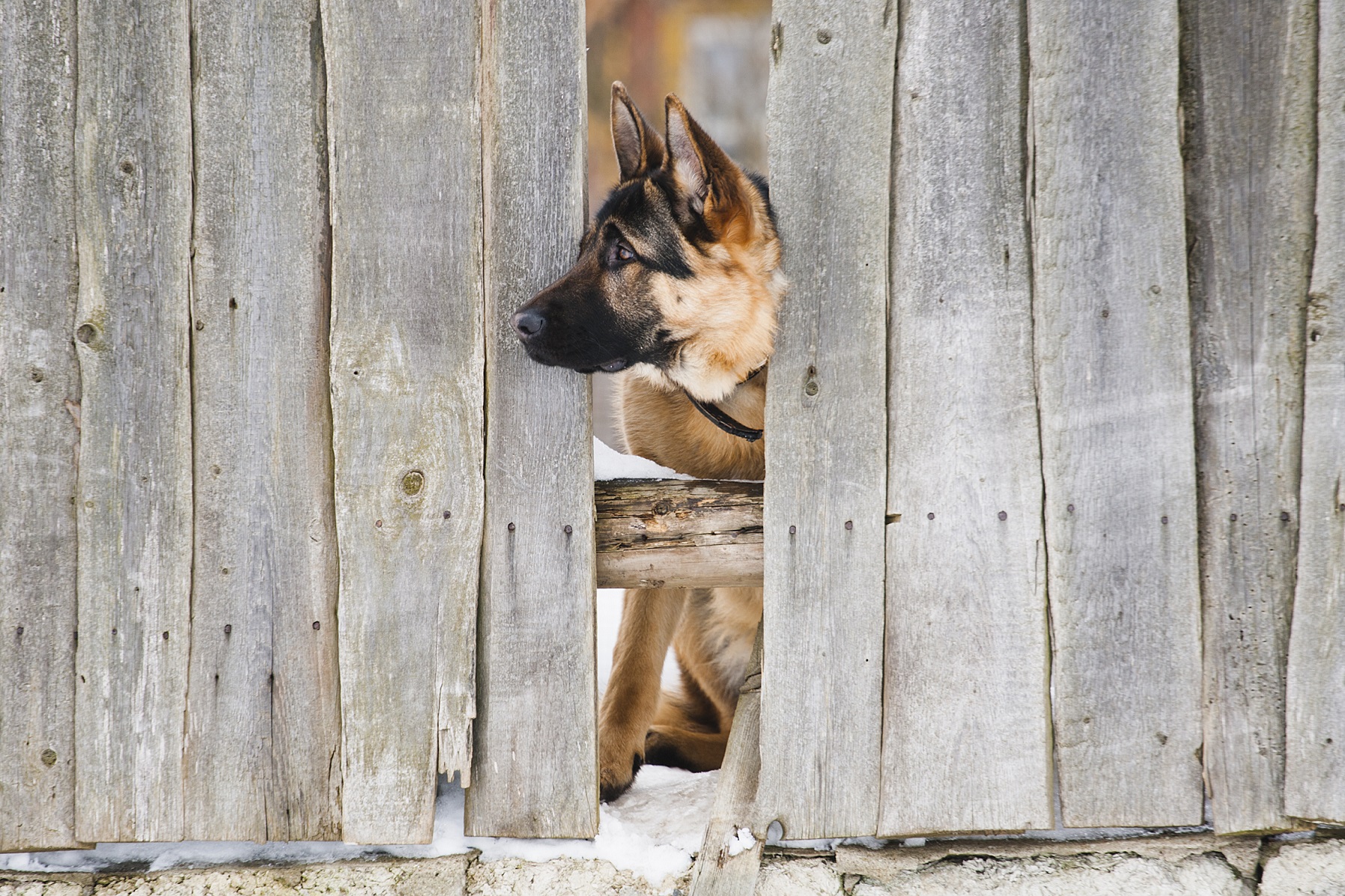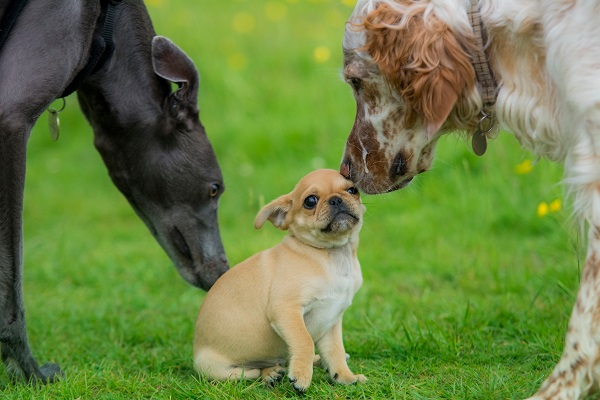Harassment is defined as a dog troubling or annoying a person without being the primary cause of physical injury i.e the dog may chase a person or animal but not bite them. Attack is defined as a dog acting with force or harmfully resulting in physical injury such as bruising, puncture wounds or laceration.
After a dog attack, you should seek medical or veterinary treatment as a priority.
When safe to do so, you must report the attack to the relevant council. You can contact our Community Safety team on 8555 7000.
All attacks should be reported to the relevant Council as soon as possible to prevent further incident. Alexandrina Council is committed to the thorough and transparent investigation of all reports of dog attack and harassment and an enforcement response that aligns with Council policy. Your cooperation is sought to ensure that the best possible outcome can be achieved following an incident of dog attack or harassment.
Many dog attacks go unreported because people consider them minor. Even the most minor attacks need to be reported as this could be an indication of future concerns.
When an attack or harassment is reported it is likely that you will be asked to describe the following:
- Date, time and location of the attack
- A description of the offending dog – Colour, breed, name, distinguishing features, collar
- A description of the responsible person if involved– Height, weight, hair colour, age, sex, name, address, contact number
- Address/ location where the dog came from
- Description of car if involved – Colour, make, registration
- Any additional photos of injuries to animal or person
- Copy of medical documents
This information ensures Council identifies the correct dog responsible in the situation.
Dog attack information from the Dog and Cat Board.
What does Council do?
Council will investigate reports of dog attacks and harassment. Please refer to the link following, for an outline of Council's dog attack investigation procedure.
Depending on the severity of the attack, councils can:
- Issue a warning
- Impose an on the spot fine
- Take direct court action (in more serious cases)
- Impose a control order (Nuisance, Dangerous Dog, Menacing Dog, or Destruction Order)
Dog attacks are more likely to happen when a dog is wandering – either having escaped or being permitted to roam free. A dog that is wandering could attack from being in fear, pain or confusion. As a responsible dog owner you can prevent your dog from being involved in an attack by:
- Ensuring your fences, and gates are suitable to keep in your dog
- Walking your dog on a lead whenever in a public place
- Having effective control* of your dog when in an off leash area and having a leash handy if needed
- Attending dog obedience classes
- Socialising your dog from an early age so it learns to mix with other dogs and people
- Desex your dog – research shows that desexed dogs are less aggressive and territorial.
*Effective Control means that the person responsible for the dog can voice control their dog in a manner that ensures the dog will obey.

Preventing dog bites
Dogs bite for many reasons. The most common reasons are fear, pain or confusion when mixing with people and other dogs. Ignoring signs of aggression can result in serious injury to you, a member of your family or others. You can discourage biting by:
- Socialising your dog from an early age so that it learns how to mix with other dogs and other people in public
- Avoiding situations that may cause your dog to become nervous or anxious
- Training your dog - obedience classes help you learn about your dog, its body language and how you can communicate with it
- Desex your dog– research shows that desexed dogs are less aggressive and territorial.
- Asking your vet for advice if your dog shows any signs of aggression towards people.

Don’t forget you are responsible for your dog’s actions.
